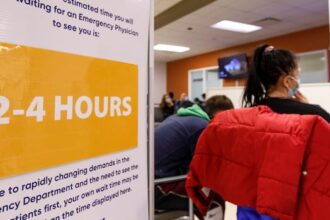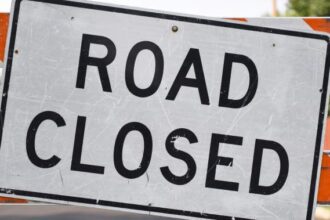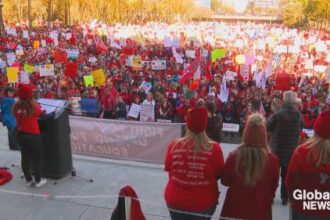As the summer solstice dawns across Canada today, communities from coast to coast are gathering to honor Indigenous Peoples Day with unprecedented participation and cultural significance. This year’s celebrations mark a pivotal moment in the nation’s ongoing journey toward reconciliation, with events that blend traditional ceremony with contemporary expression.
In Ottawa, thousands gathered at sunrise on Parliament Hill where Elder Claudette Commanda of the Algonquin Anishinabe Nation led a tobacco offering ceremony, emphasizing the importance of acknowledging the land’s original stewards. “This day is not merely a celebration but a recognition of our continued presence, resilience and contributions to this country,” Commanda told the assembled crowd as sunrise painted the sky in brilliant hues.
The federal government announced a $25 million expansion to the Indigenous Cultural Revitalization Fund during morning ceremonies, with Indigenous Services Minister Patty Hajdu calling it “a tangible step toward supporting Indigenous-led initiatives that strengthen cultural continuity and knowledge transmission between generations.”
Across the country, Canada’s major cities have transformed public spaces into vibrant cultural showcases. In Toronto’s Nathan Phillips Square, over 15,000 visitors are expected throughout the day to experience traditional dance performances, storytelling circles, and artisan markets featuring work from more than 200 Indigenous creators.
Vancouver’s celebration at Stanley Park has taken on environmental themes this year, with Coast Salish knowledge keepers leading workshops on sustainable land management practices that have been employed for thousands of years. “Western science is only beginning to understand what our ancestors always knew about living in balance with the natural world,” explained T’uy’t’tanat-Cease Wyss, a Squamish Nation ethnobotanist.
The celebrations aren’t limited to urban centers. In northern communities like Whitehorse, Yellowknife, and Iqaluit, gatherings highlighting regional Indigenous traditions have drawn record attendance, with travelers making special journeys to participate in authentic cultural experiences.
Museums and cultural institutions have also embraced the day with free admission and specialized programming. The Royal Ontario Museum’s Indigenous-curated exhibition “Voices of the Land: 15,000 Years of Continuity” opened today, featuring archaeological and contemporary pieces that demonstrate the unbroken cultural lineage of First Nations, Métis, and Inuit peoples.
Digital platforms have enabled broader participation, with virtual powwows and online language workshops making the celebrations accessible to those unable to attend in person. The National Film Board launched a special Indigenous cinema collection, streaming documentary works by Indigenous filmmakers that explore everything from political activism to cultural renaissance.
Education remains a central focus of this year’s events. School boards across the country have incorporated Indigenous knowledge into year-end curricula, culminating in today’s activities where students participate in learning directly from knowledge keepers. In Manitoba, over 5,000 students participated in a province-wide educational program about traditional food systems and environmental stewardship.
In the business sphere, major corporations have announced initiatives supporting Indigenous entrepreneurship, with the Royal Bank of Canada unveiling a $10 million commitment to Indigenous business development and mentorship programs targeting young Indigenous entrepreneurs.
“What makes this year’s Indigenous Peoples Day particularly significant is the depth of engagement we’re seeing from all sectors of Canadian society,” noted Perry Bellegarde, former National Chief of the Assembly of First Nations. “Real reconciliation happens when celebration of Indigenous cultures becomes woven into the fabric of everyday Canadian life, not just a single day of recognition.”
As sunset approaches and ceremonial fires are lit across the country, many participants are reflecting on how this day has evolved from recognition to active celebration. The question now facing Canadians as these celebrations conclude is how to carry the spirit of Indigenous Peoples Day forward: Will this growing national acknowledgment of Indigenous cultures and contributions translate into meaningful action on reconciliation throughout the year?










